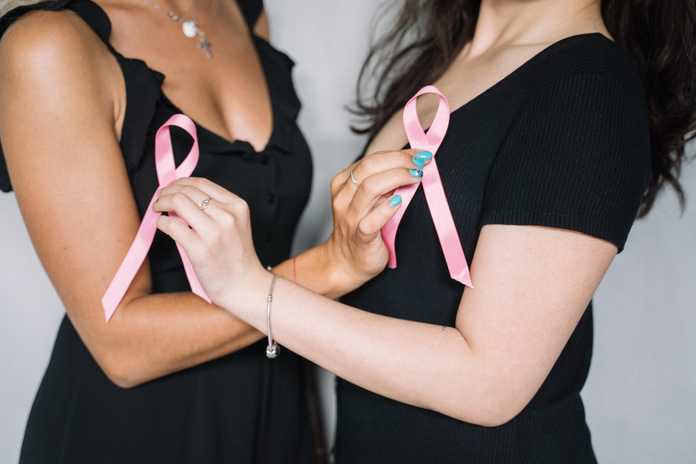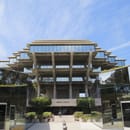In the United States alone 276,480 women were diagnosed with breast cancer. I
Many of you who have read the above statement might try to ease your mind by saying- “but that will never happen to me. Why would it happen to me? I am healthy. I am happy. I am good.”
Unfortunately, that is not the case. Although some have knowledge of breast cancer history within their family and are prepared for such news, there are others where news likes this would completely shatter their reality. With no cure out there yet, the only thing we as women can do is be a little more prepared to catch cancer by the butt before it slaps us in the face.
The best way to do that is to get breast exams as they are known to be one of the most important early breast screenings that medicine offers today.
For clinical breast examination, medical professionals recommend making an appointment with your gynecologist once every 1-3 years for ages 25 to 39. However, self-examination, also being an option, is encouraged to be done monthly to get acquired with the motion and the feel so if anything is a little bit off you would notice.
The process of self-examination can be simplified into 5 easy steps:
Step 1: Stand in front of a mirror and visually examine your breasts. What you should see are breasts that are their usual size, shape, and color. If anything is off in those fields then bring that up at your next doctor’s appointment.
Step 2: Still facing a mirror raise your arms ups and look for the same differences mentioned in step 2.
Step 3: Look for any signs of fluid coming out of your breasts.
Step 4: Lay down and place three fingers on your breast with just the finger pads touching the breast. In a circular motion move your finger across your entire breast. Check your left breast using your right hand and check your right breast using your left hand.
Step 5: Repeat step 4 but in a standing position. Doing this in the shower when your breasts are wet may make it easier to sense something out of the ordinary.
If you do happen to notice something out of the ordinary or feel a lump in your breast, do not panic. Schedule an appointment with your doctor and let him know of your concerns. Sometimes the lumps you identify are simply just that, they’re just lumps nothing else. These lumps are known as benign or noncancerous.
Sadly modern science has not yet achieved a cure for cancer and none of us have a magic wand to make it disappear. The one thing that we know and the one thing we can do is detect it before it gets worse. With these clinical and self-breast exams, you can extinguish a campfire before it becomes a forest fire.



